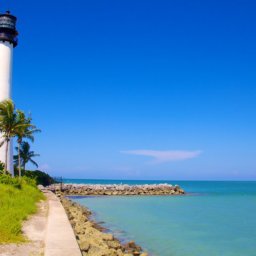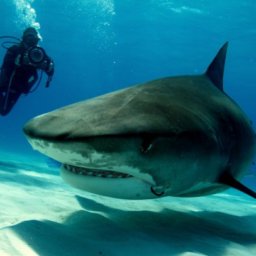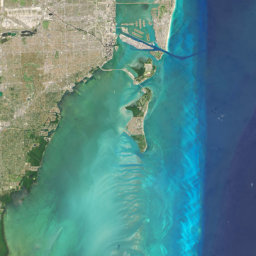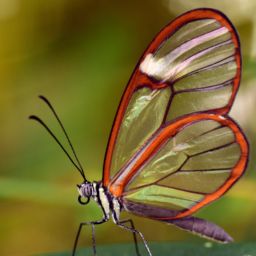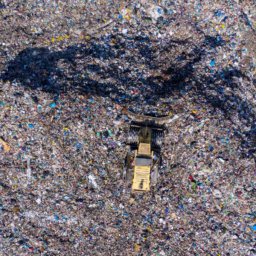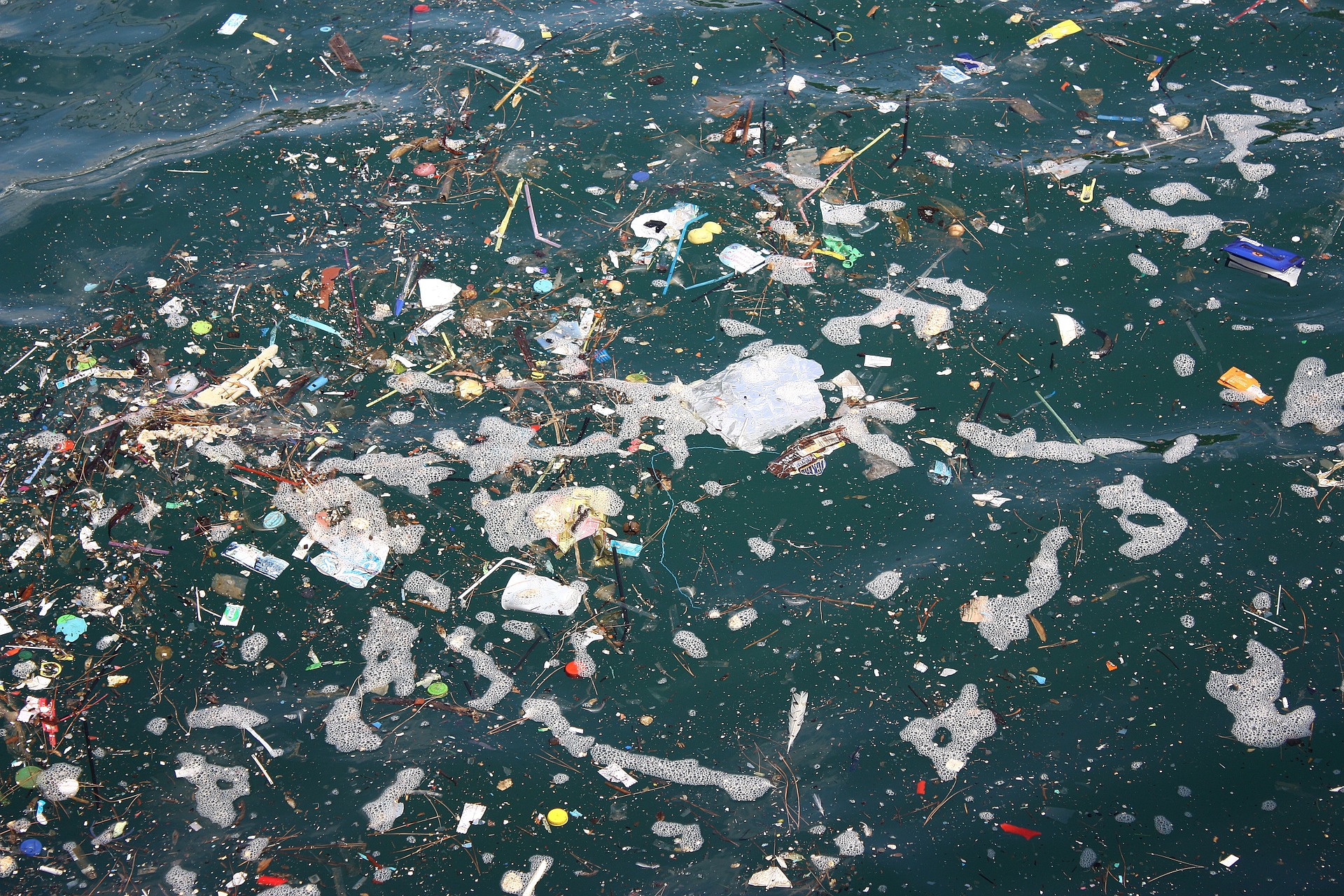
The Troubling Impact of Ocean Plastics on Human Health
Since plastic was first invented in 1907, it has become one of the primary killers of ocean life over the years. Specifically, in the 1960’s, when our plastic addiction really took hold, plastic pollution really started to create problems in the oceans. A huge indicator of the plastic pollution issue is the Great Pacific Garbage Patch, found where the warm Southern Pacific waters converge with the cooler Arctic waters to the north, which continues to grow daily. Its continued growth annually is of particular concern, as the more plastic that is present, the more problems caused for ocean wildlife.
The major issue with plastic is that it never fully biodegrades and can remain in the oceans for hundreds or thousands of years. Instead, it just breaks into smaller and smaller pieces that often are ingested by marine life. Approximately 20% of all oceanic plastics is estimated to come from offshore platforms and ships that dump their waste into the ocean. Other ways that plastic enters the oceans are through waterways such as rivers and streams — plastic that enters these aquatic roadways may be carried all the way to the coast.
Although they do not biodegrade, plastics can be broken down by wind, waves, and even the sun, a process called photodegradation. This creates a substance known as “plastic leachate” that scientists have found to be quite toxic to marine life, and has also been linked to many problems such as reduced reproductive rates. Recent studies have also shown that plastic is affecting the health of cyanobacteria, which are the most abundant photosynthesizers on earth.
This is a major global issue because it not only affect the marine ecosystems, but ultimately human health as well. Consequently, After plastic is broken down into small pieces, it can resemble food particles. Fish often then ingest these harmful plastic particulates, in turn possibly affecting the health of people who consume these fish. Fish in the wild are not the only ones that are affected by this microplastic pollution, but fish farms as well. Small pieces of plastic have been found in the stomachs of wild-caught Bluefin Tuna and shrimp from aquaculture farms as well.
To find out more about plastics and how plastic pollution may harm both human health and the oceans, visit the original article.


